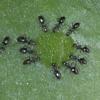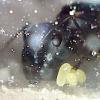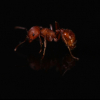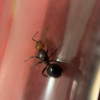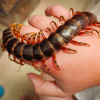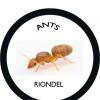Okay... I am absoltely confused. I looked at the colony today, and well, they have two pupating larvae. Which means, these two went from eggs to pupae within twelve days. ![]() Is this even possible? They were given a heating cable recently, is it possible the extra heat gives their brood growth this much of a boost?
Is this even possible? They were given a heating cable recently, is it possible the extra heat gives their brood growth this much of a boost?
- Formiculture.com
- Forums
- Gallery
- Members
- Member Map
- Chat








